Welcome to the 52nd issue of Conversations @ Tangible. In our 2nd article of 2025, we dive deeper into the ways AI is reshaping the branding landscape. Our topic of the day is:
AI’s Transformative Impact on Smart Communications Design.
When generative AI first exploded onto the public scene in 2023, it was in the form of language models like ChatGPT, Gemini, and Perplexity. At the time, creatives scoffed at the idea of computer programs creating images, 3D models, and animations from mere prompts. Art, it seemed, would be the last bastion of human ingenuity, untouched by ones and zeroes. Yet in a few short years, AI has evolved into image and video generators in the form of Midjourney, DALL-E, and Sora, essentially reshaping brand’s creative communications. But, fear not! The emergence of Artificial Intelligence is more boon than bane. Below, we will explore the benefits and concerns these programmes bring to creative design in the wonder-filled world of branding.
P.S. – For the purpose of this article, all images were generated with AI tools (Gemini, ChatGPT, Midjournery) and shaped through human prompts and curation.
Positive Impacts
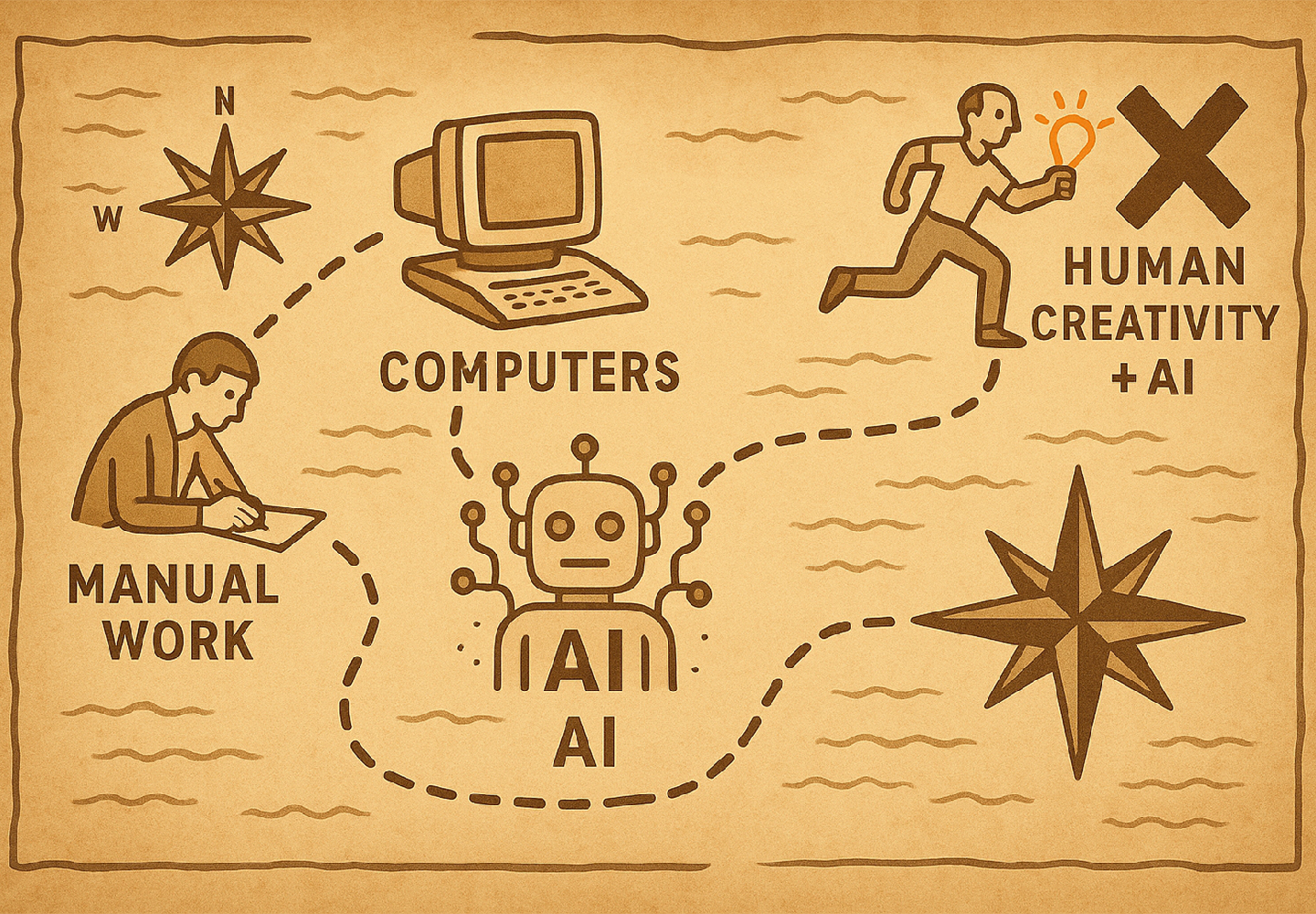
The world is evolving rapidly and we must keep up or fall into obscurity. For brands, this means redefining their marketing & communications roadmap with AI-driven software to stay ahead of market trends and consumer behaviours. For creatives in branding, this means up-skilling and integrating their processes with technology. By balancing the power of AI with natural creativity, creators can enhance their workflows, push the boundaries of innovative design, and drive success for brands.
1. Enhance Your Workflow
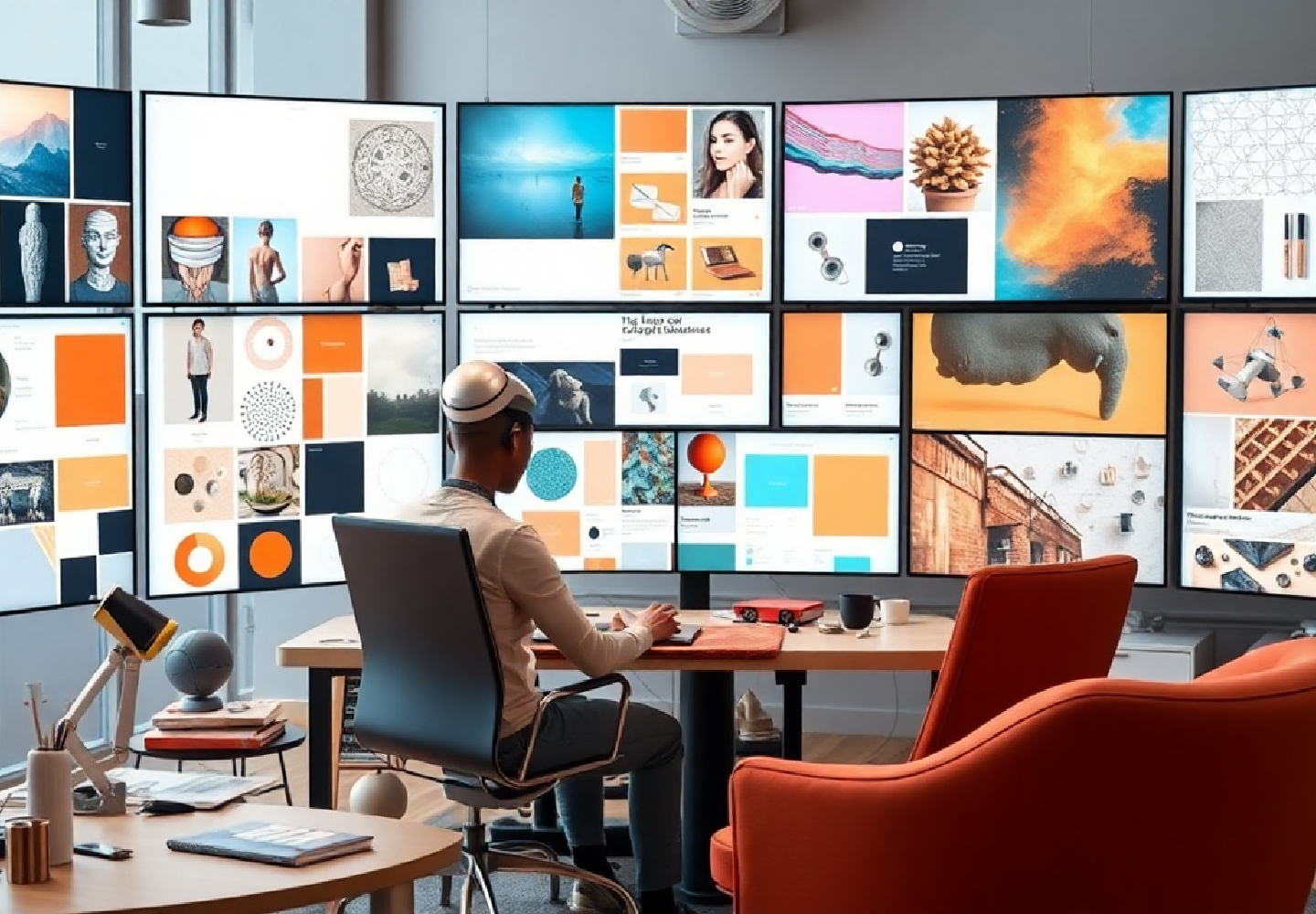
From image resizing and alignment, to asset selection and colour correction, AI automation has the potential to save designers and branding agencies countless hours on repetitive tasks. Adobe Sensei, now embedded into Adobe’s creative suite, helps designers automate tasks like image/video editing, text kerning, asset alignment, and content personalisation. By streamlining the workflow, companies can cut costs on production and brand designers are free to focus on developing more innovative creative strategies.
2. Pushing the Boundaries of Creativity
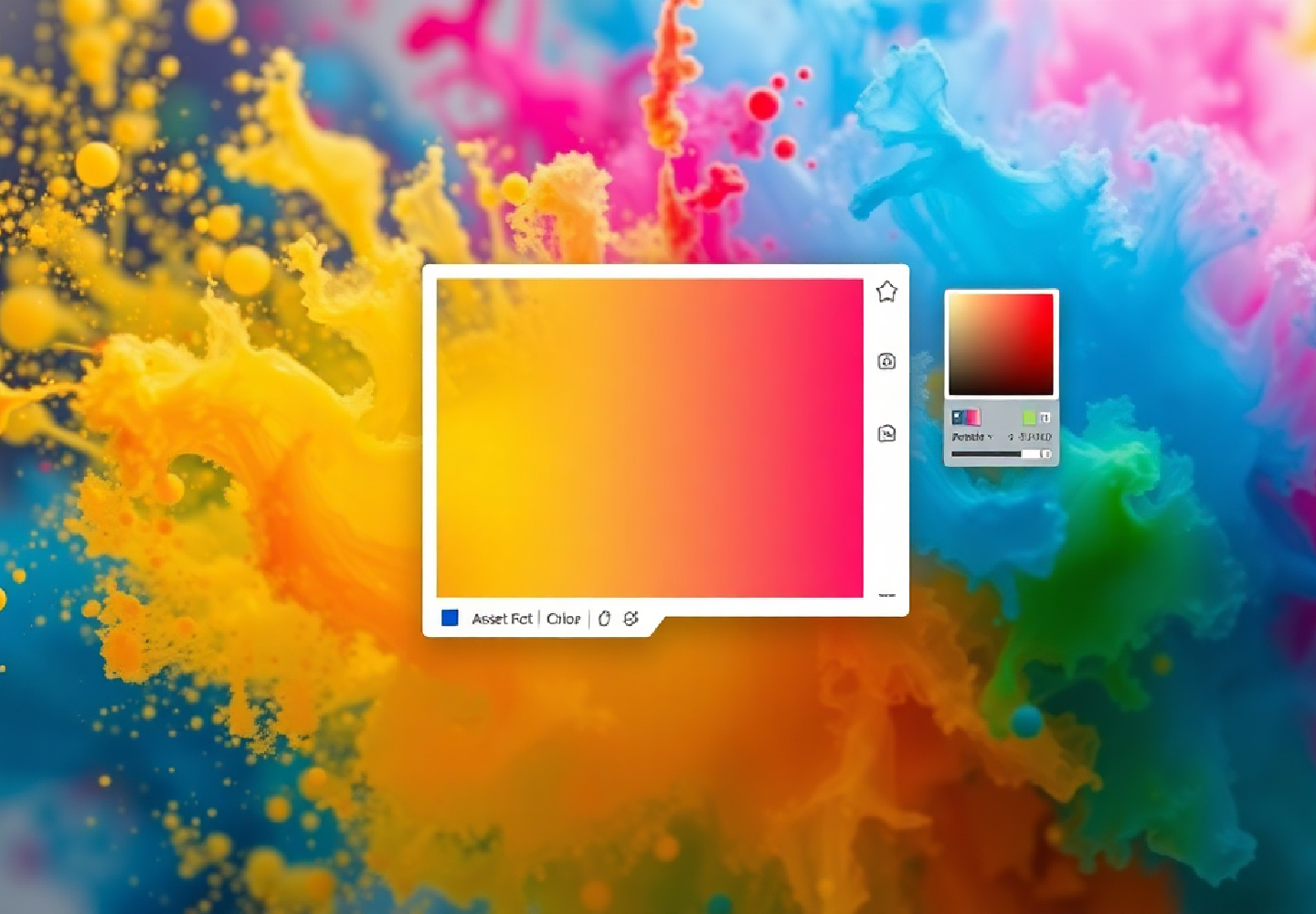
Beyond automation, AI can also be a source of inspiration. Today, creatives can feed mood boards or drafts into Midjourney, Sora, or ChatGPT and instantly receive curated colour palettes and layouts. They can bounce ideas off generative neural networks that spit out fully rendered logos and illustrations based on current market trends and preferences. This means brands can explore multiple creative directions without sacrificing time or effort, resulting in the most effective designs for each project.
3. Personalisation and Data-Driven Designs
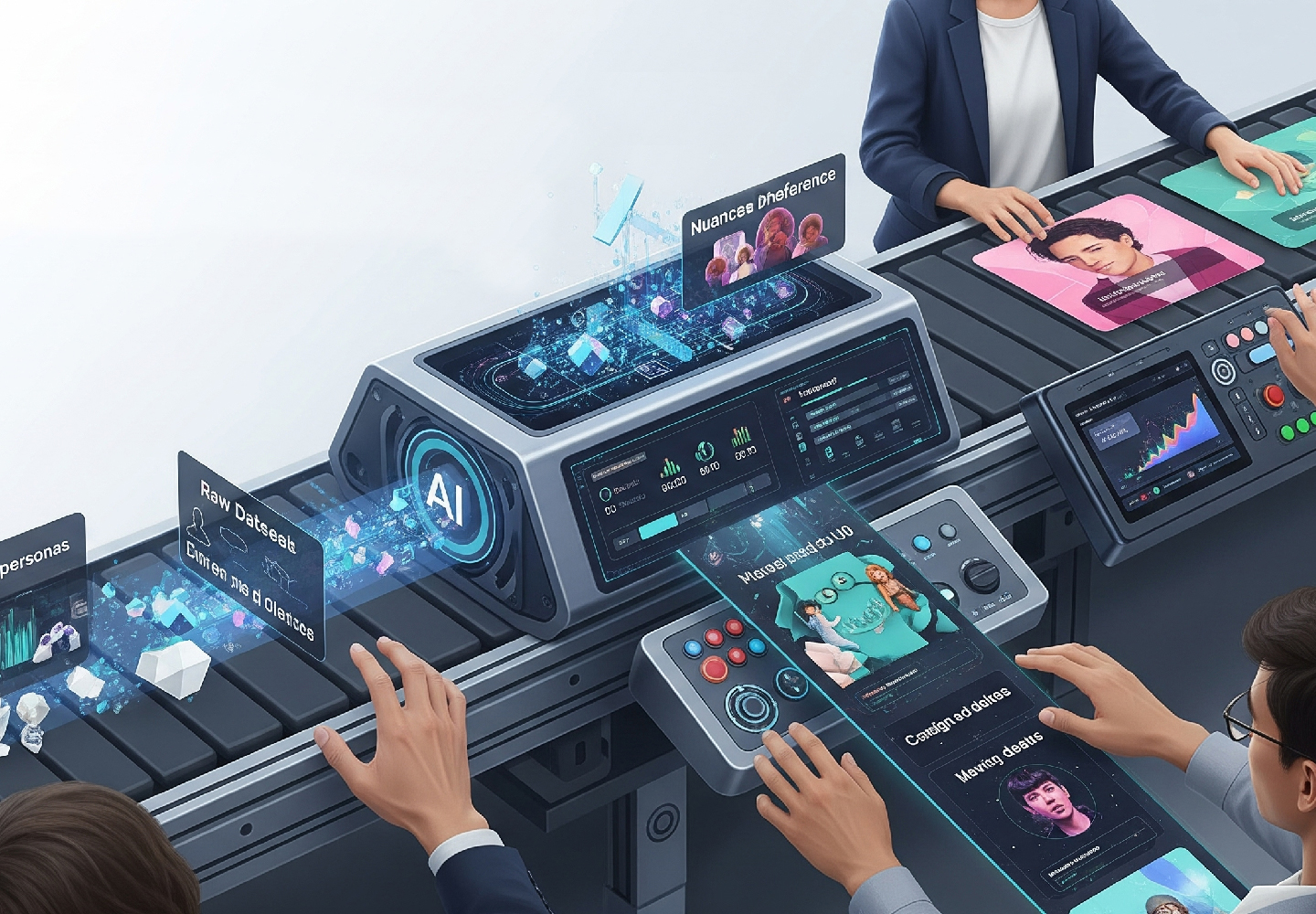
AI is also reinventing the way we approach design. By analysing user data, it can understand individual preferences to develop more effective, more targeted communications. But, what does this mean for branding? Simply put, it means companies and creatives can significantly increase digital customer engagement with their brands. More than ever, consumers expect brands to speak directly to their tastes and preferences, rather than issue blanket messages directed at large demographic groups. To this end, brands can utilise AI’s analytical capabilities to measure which features and design elements are most effective in generating engagement from specific customer profiles, and use this data to optimise their creative applications.
Designers can also leverage AI to conduct A/B testing of visual concepts and identify which assets will be most effective with their target markets before launching a campaign.
Explore how AI is transforming visual communications here.
4. Accessibility

Finally, creatives can employ AI to increase accessibility to their brand. Text generators can provide captions for video or audio content, while voice-based tools can describe visuals for users with visual impairments. By integrating technology with their design processes, brands can extend their reach and tap into previously hard-to-reach markets.
Challenges & Opportunities
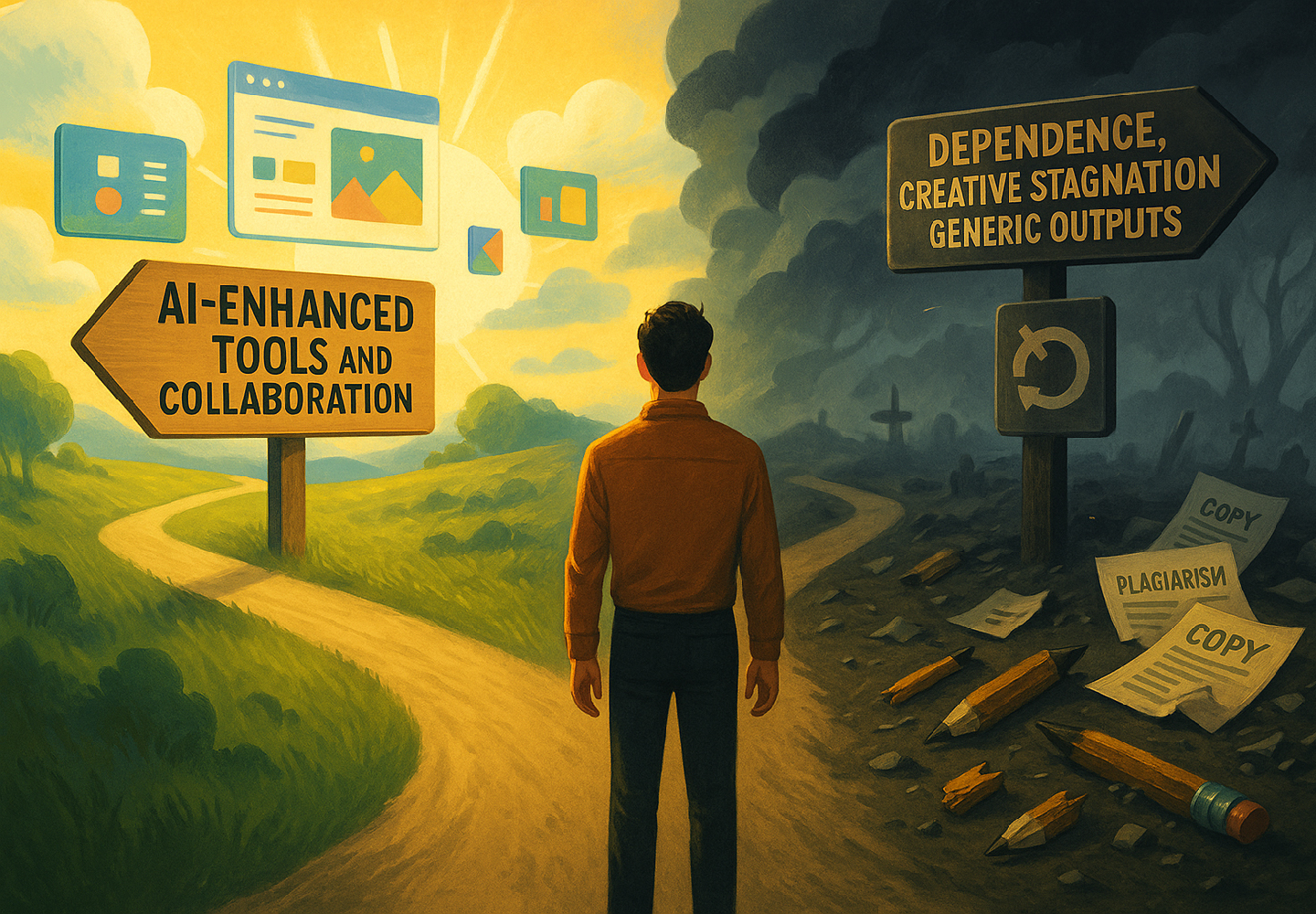
As with all great technologies, AI has its limits. From job displacement to over-reliance and accountability, brands and designers must understand how to leverage AI without falling victim to its over-promises.
1. Job Loss
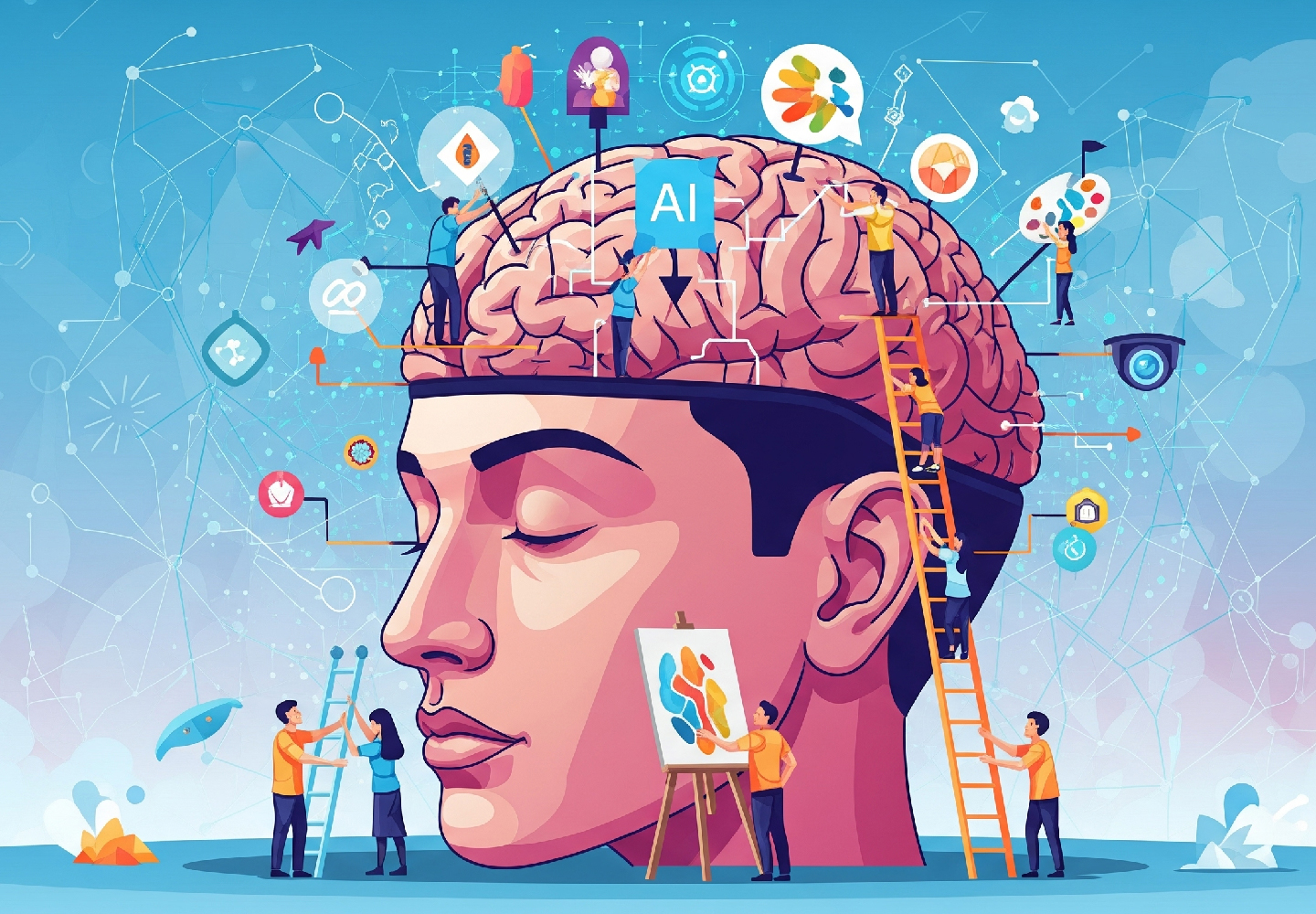
AI’s impact on the job market is becoming more disruptive. As its capabilities continue to grow, the threat on traditional employment is growing far more significant. This is especially true for junior creatives and designers, whose work is traditionally relegated to more repetitive tasks.
But AI is not just replacing jobs, it’s also creating new ones. Artists and designers who learn to integrate AI into their design process can position themselves at the front of the proverbial pack. For instance, AI prompt engineering and AI-assisted creative roles in UX design and 3D modelling are becoming highly sought after skills. Designers who can up-skill and take advantage of AI’s abilities will thrive in the new digital landscape. Similarly, brands that push their creatives to embrace the new technology, nurturing their skills to integrate AI into their workflows, will stay ahead of the curve and outshine their competition.
Read more about AI’s impact on graphic design roles here.
2. Over-Reliance
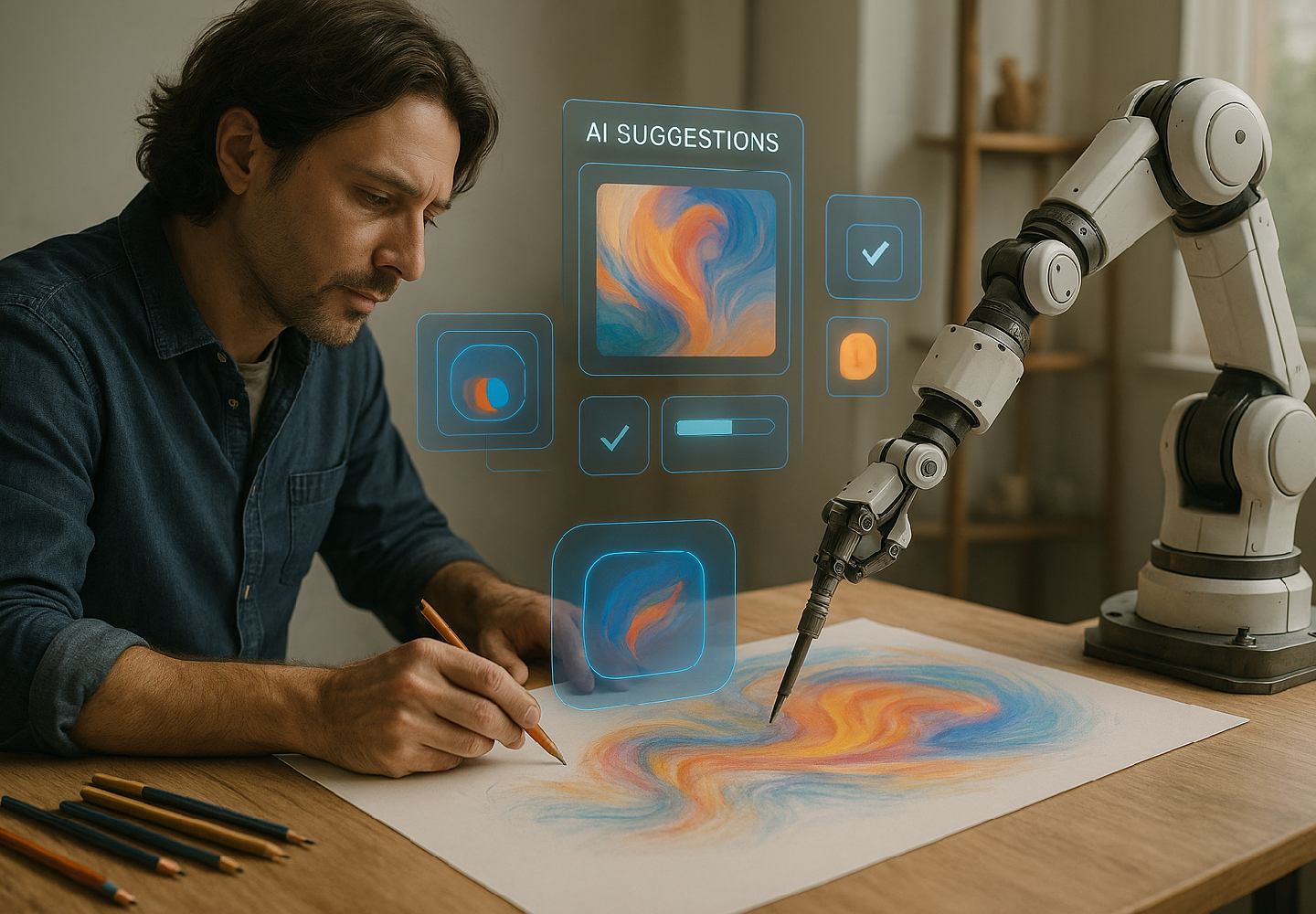
On the other end of the spectrum, agencies that rely too heavily on AI will notice a decline in genuine creativity and effectiveness. In its current state, AI is unable to interpret nuance, understand human culture, and develop original ideas. Depending too much on AI will result in creative stagnation and erosion of brand authenticity. Remember: human creators possess the keenest eye and the deepest understanding of human emotion and context.
And, therein lies the opportunity. We’ve just started tapping into the potential of marrying human ingenuity with silicon intelligence. Embrace every chance to automate repetitive tasks, so designers are free to focus on what really matters: developing innovative creative strategies that solve problems.
In the end, AI should amplify creative vision, not replace it. When technology becomes the driver, authenticity and nuance fall by the wayside. With the right balance of AI and human perspective, brands will form deeper, more meaningful connections with their audience.
See how Canva is leveraging AI to enhance workflows here.
3. Ethical Considerations
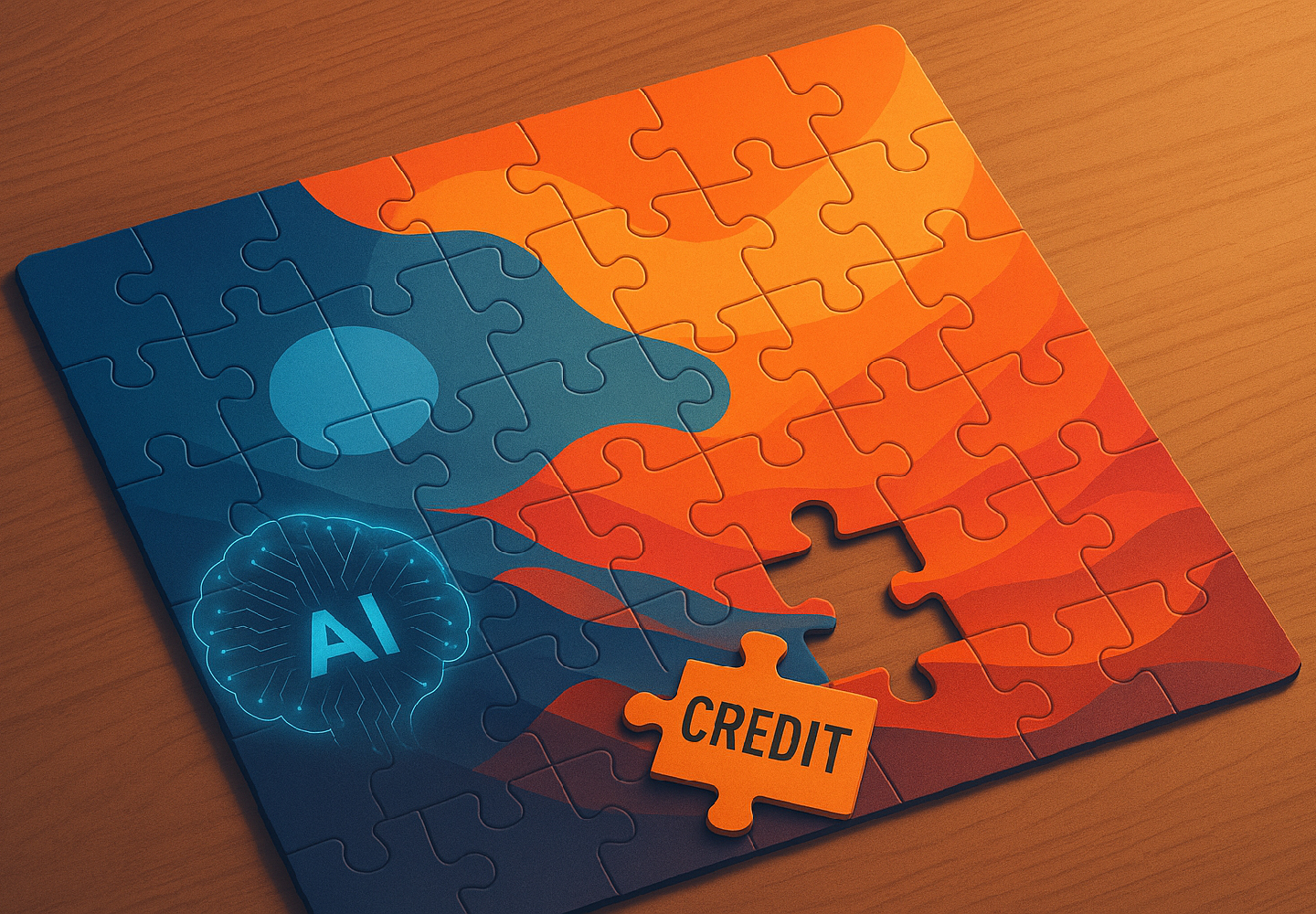
Determining the ownership of AI work can be complicated. Brands must take extra care when using generative AI software. Uncredited training on copyrighted work can risk infringement, while fully AI-generated assets may not be eligible for copyright protection.
That being said, the number of tools in the toolbox has grown exponentially. AI can scour the internet for alternative styles and test potential solutions, enabling brands to explore multiple creative directions simultaneously. By establishing robust guidelines on appropriate AI usage, brands and creators can push the boundaries of innovative design, while staying on the right side of intellectual property laws.
So What Should Brands Do?
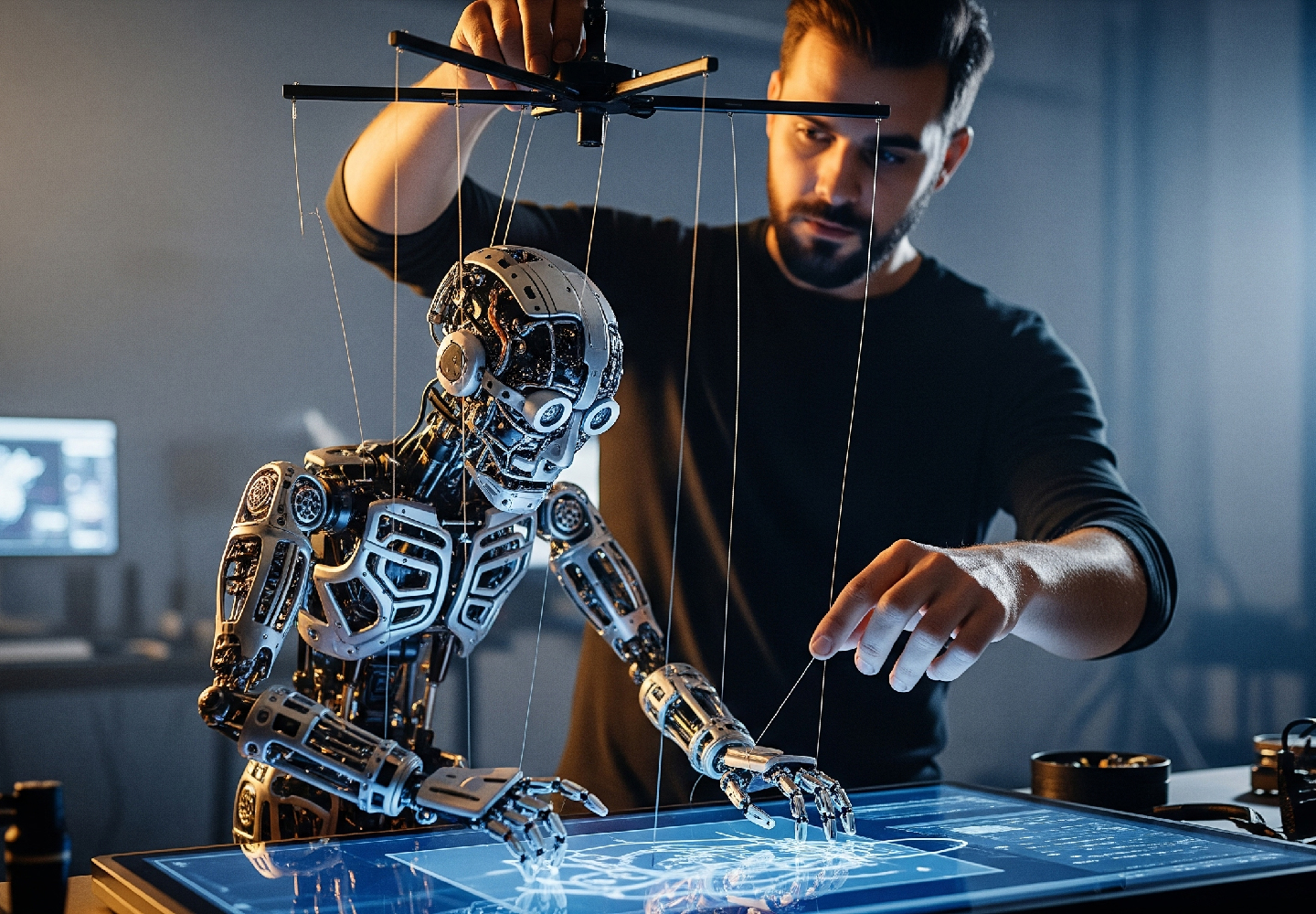
For all its promises, AI is only as effective as the humans and the strategy behind it. So, to harness its potential and apply it to their brand communications, businesses need to use it with intention.
First, brands should solidify their brand positioning, values, and personality before jumping on the AI bandwagon. Without a strong foundation, AI risks diluting the brand identity.
Second, brands should invest in up-skilling their creative workforce. It is crucial for designers and strategists to be trained in prompting, curating and refining AI outputs. In an interview with Adobe, Piyush Kumar, Global Head Strategy, Strategic Partnerships & Solutions (Digital Experience) at Wipro, put it best when he said the role of a designer “will shift from being a creator to a curator.”
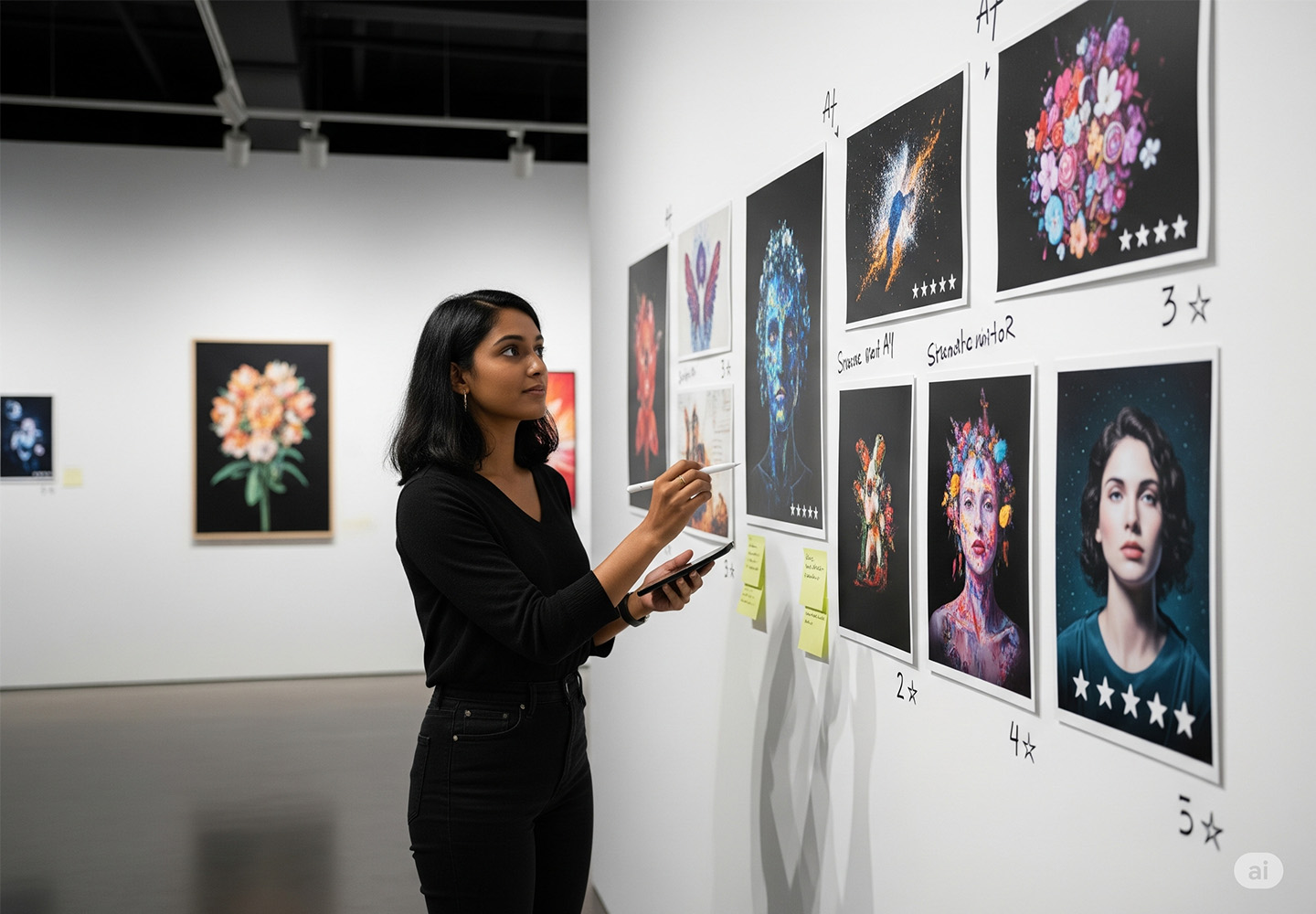
Third, brands must establish an AI framework to set clear ethical guidelines around how AI is used. Staff must be trained to understand the complexities of AI usage rights, content approval, and legal boundaries.
Lastly, the most effective brands won’t be the ones using AI most. Instead, successful brands will be the ones who use it the most strategically. Brands that see AI as an enabler, rather than a crutch or a replacement, will be the ones that stay relevant in the years to come.
The Future

In the words of science fiction author William Gibson, “the future is already here.” As AI evolves, it will become an irreplaceable tool to enhance workflows. But, we must also be cautious. We must not fall into the convenient trap of relying too much on digital algorithms. Brands and designers must learn to embrace, to adapt to, and to grow with AI tools to remain competitive and drive innovation.
Share this article

